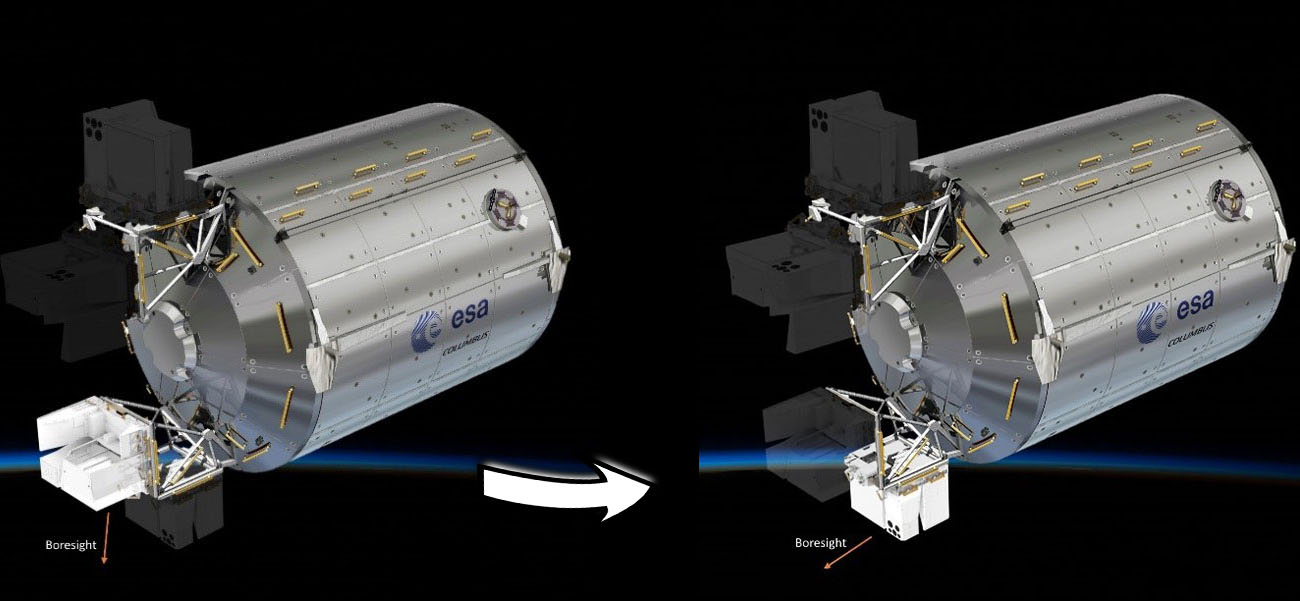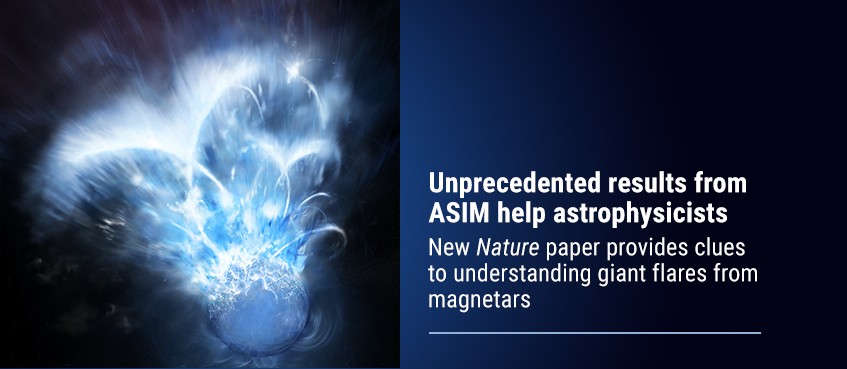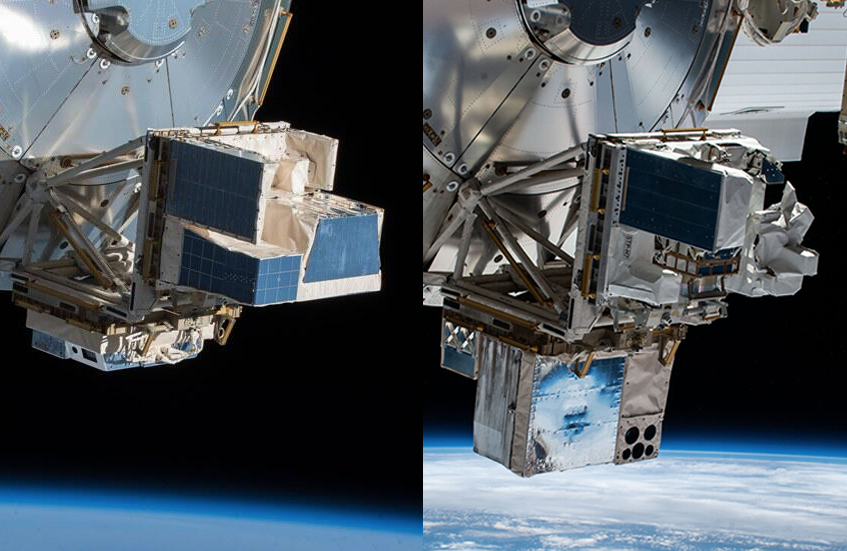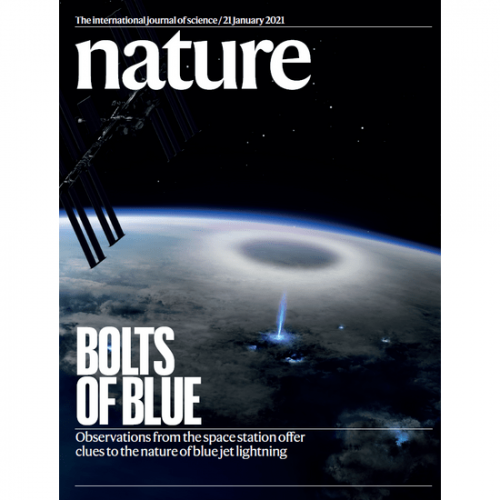On January 10th, the ASIM payload installed outside the Columbus module on the International Space Station (ISS) was carefully relocated, using the robotic arm Canadarm2.

The new location puts ASIM in a position where the instruments will point towards the Earth´s limb and not toward nadir as it has been up to now.

Since the launch of ASIM in the spring of 2018, the mission has turned out to be a huge success. In January 2020, new discoveries about gamma ray flashes were highlighted on the front page of Science. One year later, observations of the blue jet lightning was put on the front page of Nature.
Only three weeks ago, another milestone was achieved by ASIM, as the instrument had been able to contribute to the field of astrophysics by capturing a giant flare from a magnetar more than 10 million light years away. The results were published in the second last edition of Nature in 2021, unveiling some of the secrets surrounding magnetars.

The ASIM mission was supposed to last 2 years, but the great success resulted in an extension for another 2 years. After monitoring terrestrial gamma-ray flashes and transient luminous events above thunderstorms for almost 4 years, the recent relocation of ASIM was caused by the installation of another experiment on the Columbus module.






